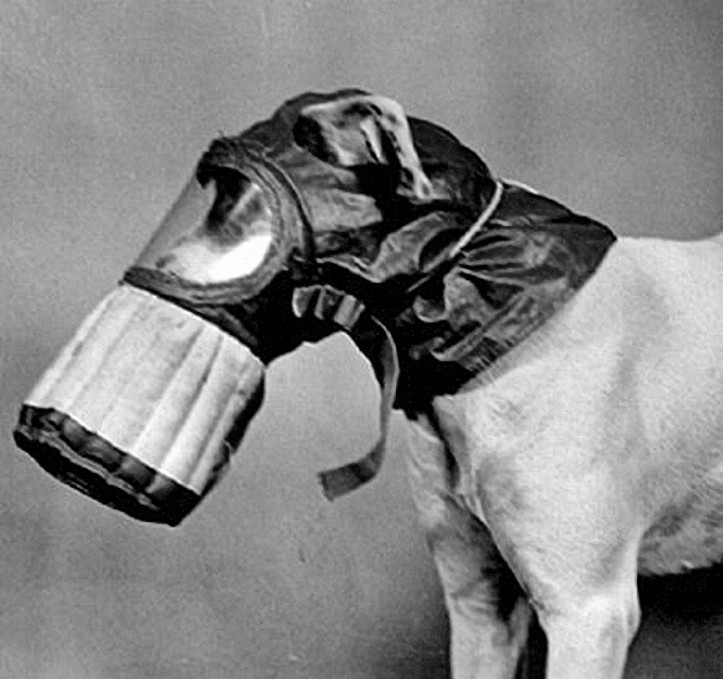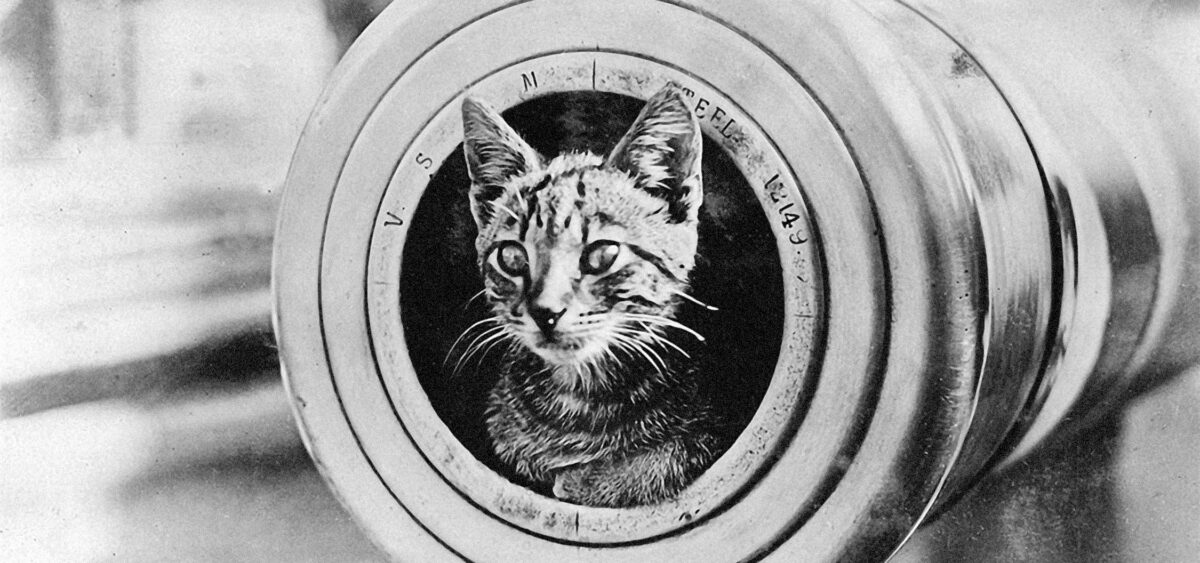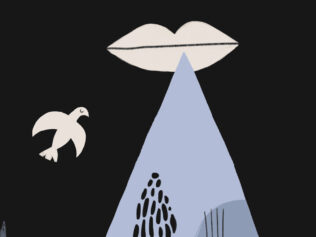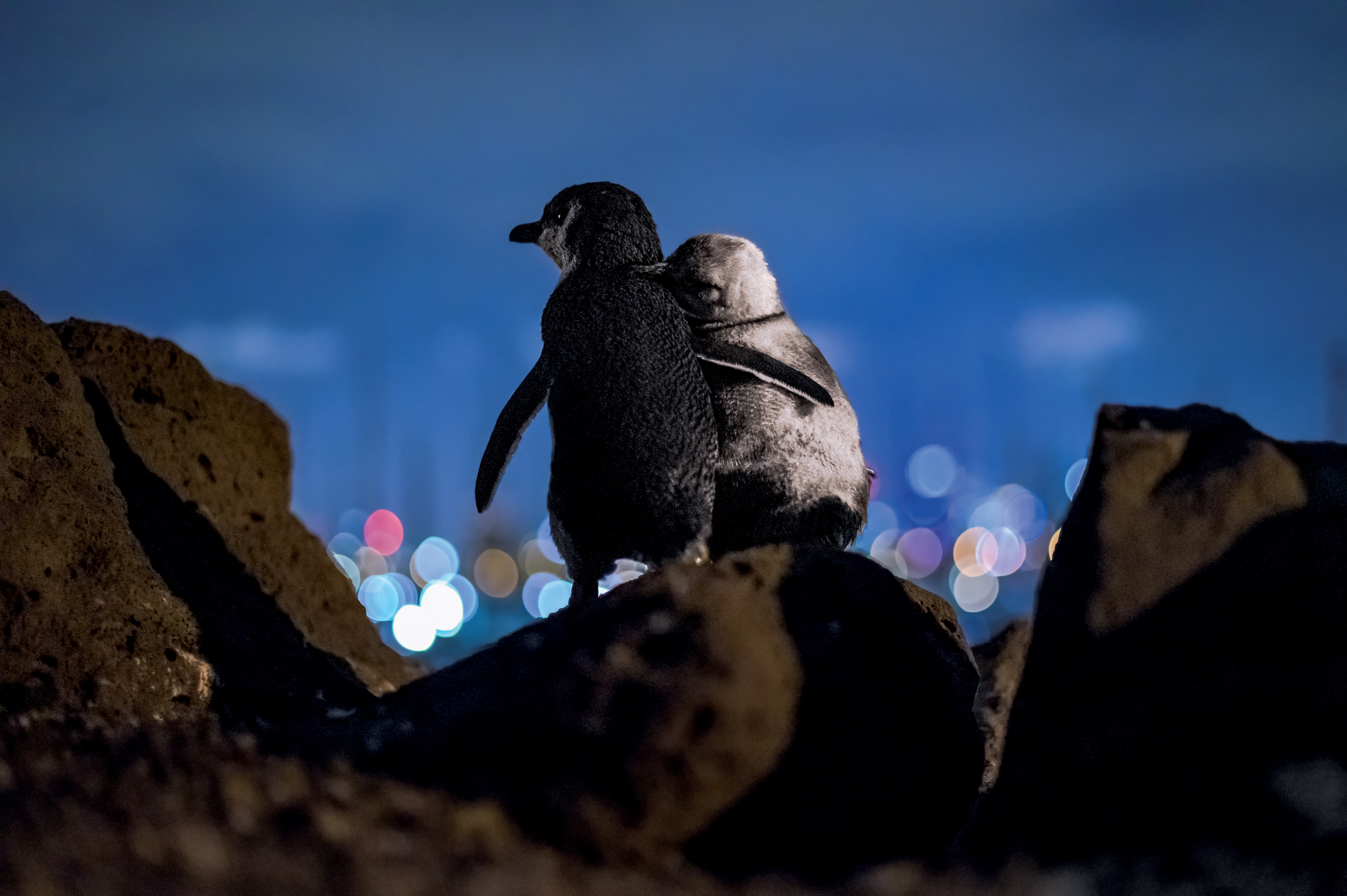
Why is it so difficult to let go of a sense of superiority over animals? Are we capable of telling history from their point of view? Berenika Steinberg discusses this topic (and a few others) with Marta Bogdańska, the creator of the Shifters album.
I met the visual artist, photographer and film-maker Marta Bogdańska many years ago, when she was based in Beirut and showing her exhibition about Syrian refugees, Exilium, in Warsaw. This time, we got together to talk about Shifters, Marta’s latest project. Shifters is the title of an exhibition and an album of more than 800 pages. In the book, Marta uses a wealth of archival material to look at the history of using animals in armed forces and intelligence agencies.
Berenika Steinberg: A few years ago, when I heard you were doing a project about animal spies, my initial thought was: “How interesting and fun!” Now that I’ve had a look at Shifters, I realize that ‘fun’ was clearly the wrong word in this context.
Marta Bogdańska: That’s true – this topic does feel exotic and that lures you in initially, like bait. At first, you have no idea what to expect, you become invested in the subject. Only after a while do you realize how scary the story underlying the project really is; what has actually happened to animals in wars and espionage programmes. What we have done, and are still doing, to animals. True, technology has advanced and, when it comes to the army or espionage programmes, animals are used less extensively, having been replaced by drones and other technologies. But other means of exploiting animals have been developed instead: animal testing, industrial livestock production, etc.
When did you first come up with the idea for Shifters?
Six years ago, I came across a newspaper article about animal spies. I began to collect similar stories. Obviously, I didn’t set out thinking This is what I’m going to do, but the idea was already taking root. My collection was made up of anecdotal pieces about animals arrested for espionage, mostly in the Middle East and other parts of Asia. In the West, these stories weren’t taken entirely seriously, which, to me, was in itself interesting. That mocking gesture: Well, what do you know, a pigeon can be a spy because it flew from Pakistan to India and now we are having a laugh. The articles in my collection hardly provided any critical context, and very few mentioned that using animals was part of European and US history, too: animals have been a presence in the armed forces, as well as in the CIA and other intelligence agencies. For me, that was the starting point: you suddenly go from extreme sensation to a story that opens new vistas and, hopefully, allows you to give deeper thought to the subject.
The opening chapter of your book, titled “Natural-Born Agents”, is a selection of articles from present-day Western press. For example, there is a piece about a vulture arrested in Lebanon for spying on behalf of Israel. But subsequent chapters take us back in time and present animal exploitation in a historical context, focusing on the two world wars. Each chapter is prefaced by a short essay, and the introduction was written by the eminent historian Éric Baratay.
His book Le point de vue animal [The Animal Point of View] was a revelation to me. Baratay was the first person to provide an animal perspective on history, rewrite it and shed light on issues that have previously been diminished or sidelined. It’s herstory of sorts, but from the position of animals. This type of history needs to be reasserted first (complete with all the related callousness) so that some critical thought on the subject can eventually emerge. This post-anthropocentric mindset provided theoretical foundations for my project.
The point is to step outside the mode of thinking that focuses on humans alone. The Judaeo-Christian tradition has pushed animals to the very bottom of the hierarchy and placed humans on top. Trouble is, this approach isn’t backed by science: we are not superior to animals, we simply belong on different branches of the same tree. It is Descartes who separated the body and soul; because they had no soul, animals became biological machines. What kinds of things can be done to a biological machine, unfeeling and unthinking? Look at the way we speak: we say ‘meat’ rather than ‘animal bodies’, we ‘kill’ animals rather than murder them.
I could have done a project about, say, experiments involving animals. But from the outset, I was drawn to the world of war and espionage. The word ‘agent’ stands, on the one hand, for ‘informer’, ‘spy’; on the other hand, it denotes an active subject. Add to that the term ‘agency’, which comes to mind immediately. This approach let me tie my project into a sort of bind, where the historical narrative of animal agents is presented in relation to contemporary philosophy and thinking about animals as having agency, subjectivity and intentionality. I sometimes wonder who these animals are working for. We seem to think they work for us, but they have a will of their own, they have needs, cravings; they can be mischievous, they resist. That’s why I found the term ‘shifters’ so appealing as a title – we can’t really be sure whose agents the animals are.
I mean this symbolically: I’m obviously not going to echo The Hitchhiker’s Guide to the Galaxy and argue that a pair of white mice rules the world.
Speaking of the title: what does the term ‘shifters’ mean?
The term ‘shapeshifters’ has mythological origins: it is used to describe divine figures capable of shifting into animals, trees or humans. But the term is also used in film (particularly fantasy films) to describe all kinds of werewolves and other beings whose form is fluent. The animals in my project, the ones I came across in archives, undergo a variety of transformations: both symbolic and palpable, physical ones. They are tamed, formed (Foucault’s biopolitics in terrifying form); their bodies are subjected to transformations going all the way down to the molecular level; they become hybrids and cyborgs; they have cameras, microphones and other devices attached to them; they are masked, harnessed, made to carry weapons. Their bodies are modified even after they die. They can become trap bombs, like dead rats – or they are stuffed, cut up and flayed.

In your afterword, you mention a CIA project involving animals. It was called Partners.
To call the project this name was extremely hypocritical of the CIA: the animals were not treated as partners at all! And actually, this is quite a common story. One project running as we speak is the Marine Mammal Program, where specially-trained dolphins and sea lions look for different things on the seabed. The programme is no longer restricted to the military, either: anyone can rent these animals. The US Navy boast about this because dolphins are far more dexterous than human divers – their instinct is obviously sharper, they move better under water, etc. But there’s no getting around the fact that the programme is cheaper, too. Why is that? These dolphins don’t have insurance, no contract is signed with them, they don’t get paid. The spell needs to be broken around this issue – and a few others.
In the chapter titled “Monkey Business”, which focuses on animals tamed by troops and known as ‘army mascots’, many of the photos are posed: a kitten in the barrel of a tank, a dog in a captain’s cap. Looking at them, I thought of animal-themed memes, designed to move us or make us laugh. But I also wondered if these photos didn’t feed into an anthropomorphic attitude where animals are compelled to take on a certain role. We don’t actually care how they feel; we interpret their behaviour, gestures and expressions at our convenience. Isn’t this another form of violence?
Yes, I think you’re right. This chapter is also the story of photography becoming more democratic. The anthropomorphic element – taking pictures with kittens and making them pose – is important. True, some of the photos here show soldiers turning animals into some kind of funny beings, dressing them up, but I think the issue is more complicated than that. Many of the photos are awash with warmth, tenderness and humour. What this chapter is really about is the emotional work carried out by animals. We are becoming more and more aware of the physical and intellectual work they put in, but we keep forgetting the emotional labour. ‘Army mascots’ provided massive respite to their troops – and that, too, is a form of work. It is done amid incessant noise, with shrapnel exploding around you, planes flying overhead.
Exactly. As far as I’m concerned, animals do this sort of work in the home environment, too. I, for example, can’t get enough of cuddling my dog, Masha. Apparently, though, dogs are no fans of cuddling.
This is the reason why I have a problem with keeping pets in general. We have trained these little animals, we tame them, we must eradicate any trait that isn’t to our liking, lest they, say, bark away at someone – barking isn’t the done thing. There is another aspect, I don’t know if you’ve noticed it. In the last 10 years or so, there’s been a real crop of books where people are writing about their pets – The History of My Dog and the like – and a huge number of copies are published. We have come up with yet another way of writing about ourselves, instead of taking a moment to think about what animals need, how to grant them their rights and look after their interests. Then again, maybe books like these are a step towards developing our sensibility? After all, some species – cats and dogs, for example – considered superfluous and killed only 120 years ago, have suddenly moved very high up on the ladder of things humans hold dear. Other animals, however, are still treated like trash. It’s all so arbitrary: all of a sudden, this is my doggie, I take him to the hairdresser, I buy him little shoes. In South Korea, you can clone your pet: when it dies, you will immediately have another one that looks exactly the same.
This change is captured very well in the essay preceding the final (and most shocking) chapter of Shifters. The piece discusses a British leaflet from the early days of World War II, encouraging people to literally destroy their pets as a precaution against expected food shortages. Today, such an appeal sounds absurd, like a grim joke.
True. During the British pet massacre, the people of Britain killed 750,000 cats and dogs in a single week. The numbers are unfathomable anywhere you look: eight million horses were killed during World War I, and a total of 16 million animals served in that conflict: pigeons, cats, dogs, and others. I don’t know how pigs were counted: put simply, they served as live meat on ships.
While researching the book, did you come across any bits of information that you found particularly surprising or shocking?
Espionage programmes were definitely one such thing. For example, implanting elaborate devices in a dog’s brain so that the dog could then be controlled remotely, and move as we wished. Or the ghastly Acoustic Kitty project, where the CIA would implant extremely sensitive microphones in a cat’s ears. The cat was then let inside the Soviet embassy and became a live recording device.
When it comes to wartime stories, anti-tank dogs were one particularly harrowing discovery. After Hitler’s invasion, the Soviet army was clutching at straws when searching for ways to defend themselves against the Germans. One of their methods entailed training dogs to plant explosives underneath tanks and run away. But because the dogs were trained on Soviet tanks, they started blowing up the wrong machines. So the Soviets began to tie explosives to a dog’s body, and would blow the dog up remotely as it came close to the tank. Apparently, around 500 German tanks were blown up using this method. In other words, these dogs were turned into kamikaze. The American Orcon project (which eventually didn’t come to fruition) was based on something similar. During World War II, behaviourist B.F. Skinner trained pigeons to steer purpose-built torpedoes – while inside the torpedoes. When it comes to Poland, Wojtek, the brown bear who served with the Polish II Corps during World War II, is a household name. And then there is Baśka, the female polar bear who gave her paw to Marshal Józef Piłsudski.
Your book has a companion piece: an exhibition where visitors can watch your film or take part in workshops.
The exhibition is a visual essay made from different kinds of recordings: my own and archival ones. There are also photographs taken by animals.
Masha was one of them! You attached a mini camera to her collar and the three of us went to the park, where Masha rummaged about in the bushes – all while filming her walk. But you filmed Masha herself, too: she was wearing a spy bag.
My mother and I sewed a few unusual bags, modelled on those worn by animals during World War I (for example, their Red Cross bags held medication and dressings for the troops; dogs and pigeons carried all sorts of tiny receptacles for missives; horses lugged many things on their backs: ammunition, gas masks, and even cannons and stretchers). The film shows people attempting to put our bags on other persons – cats, dogs or horses – and it is clear that the animals’ response varies. I included these shots because I wanted – perhaps subconsciously – to look into the subject of my next project: animal resistance. To me, this is where resistance begins: when animals refuse to have the bags put on, what they do to become disentangled, the way they act when already wearing these bags.
You just said: “People put bags on other persons.” Do you refer to animals as animal persons?
Occasionally I do, I haven’t quite got into the habit yet. I may have misspoken just now. But maybe that was a good thing. Animal persons, non-human persons: it sounds good!
Parts of this interview have been edited and condensed for clarity and brevity.









